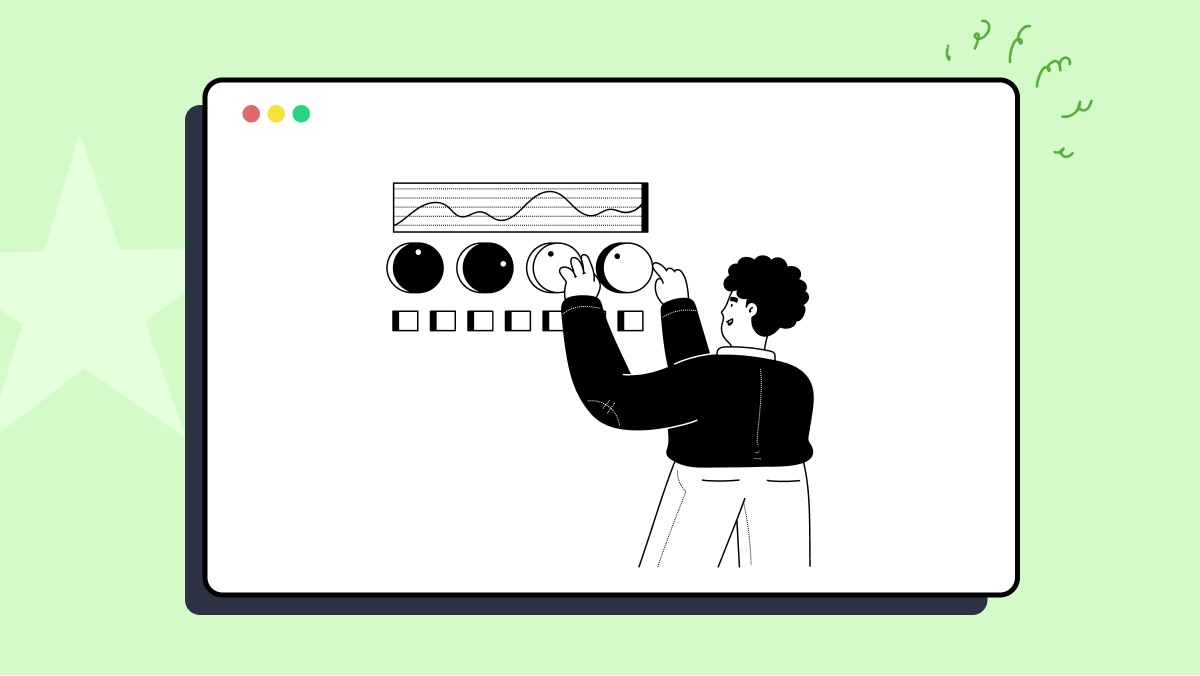How to use testNegX method of org.evomaster.client.java.instrumentation.example.nonintegercomparisons.NIC_ExampleInstrumentedTest class
Best EvoMaster code snippet using org.evomaster.client.java.instrumentation.example.nonintegercomparisons.NIC_ExampleInstrumentedTest.testNegX
Source: NIC_ExampleInstrumentedTest.java
...246 .map(id -> ExecutionTracer.getValue(id))247 .collect(Collectors.toList());248 }249 @Test250 public void testNegXLong(){251 testNegX(252 () -> evalNeg(-15L, 0L),253 () -> evalNeg(-2215L, 0L),254 () -> evalNeg(-2L, 0L)255 );256 }257 @Test258 public void testNegXDouble(){259 testNegX(260 () -> evalNeg(-15.4d, 0d),261 () -> evalNeg(-2215.16, 0d),262 () -> evalNeg(-2.11111, 0d)263 );264 }265 @Test266 public void testNegXFloat(){267 testNegX(268 () -> evalNeg(-15f, 0f),269 () -> evalNeg(-2215.4444444f, 0f),270 () -> evalNeg(-2.3f, 0f)271 );272 }273 private void testNegX(Supplier<Integer> firstCall_negativeX,274 Supplier<Integer> secondCall_worseX,275 Supplier<Integer> thirdCall_betterX){276 int res = firstCall_negativeX.get();277 //first branch should had been taken278 assertEquals(3, res);279 //so far, seen only first comparison,280 assertEquals(3, ExecutionTracer.getNumberOfObjectives(ObjectiveNaming.NUMERIC_COMPARISON));281 Set<String> nonCovered = ExecutionTracer.getNonCoveredObjectives(ObjectiveNaming.NUMERIC_COMPARISON);282 assertEquals(2, nonCovered.size());283 for(String id : nonCovered) {284 double h = ExecutionTracer.getValue(id);285 assertTrue(h < 1d); // not covered286 assertTrue(h > 0 ); // it has been reached though287 }...testNegX
Using AI Code Generation
1 org.evomaster.client.java.instrumentation.example.nonintegercomparisons.NIC_ExampleInstrumentedTest testNegX0 = new org.evomaster.client.java.instrumentation.example.nonintegercomparisons.NIC_ExampleInstrumentedTest();2 testNegX0.testNegX();3 org.evomaster.client.java.instrumentation.example.nonintegercomparisons.NIC_ExampleInstrumentedTest testNegY1 = new org.evomaster.client.java.instrumentation.example.nonintegercomparisons.NIC_ExampleInstrumentedTest();4 testNegY1.testNegY();5 org.evomaster.client.java.instrumentation.example.nonintegercomparisons.NIC_ExampleInstrumentedTest testNegZ2 = new org.evomaster.client.java.instrumentation.example.nonintegercomparisons.NIC_ExampleInstrumentedTest();6 testNegZ2.testNegZ();7 org.evomaster.client.java.instrumentation.example.nonintegercomparisons.NIC_ExampleInstrumentedTest testPosNegX3 = new org.evomaster.client.java.instrumentation.example.nonintegercomparisons.NIC_ExampleInstrumentedTest();8 testPosNegX3.testPosNegX();9 org.evomaster.client.java.instrumentation.example.nonintegercomparisons.NIC_ExampleInstrumentedTest testPosNegY4 = new org.evomaster.client.java.instrumentation.example.nonintegercomparisons.NIC_ExampleInstrumentedTest();10 testPosNegY4.testPosNegY();testNegX
Using AI Code Generation
1testNegX();2assertTrue(-1 < 0);3assertTrue(-1 < 1);4assertTrue(-1 < 2);5assertTrue(-1 < 3);6assertTrue(-1 < 4);7assertTrue(-1 < 5);8assertTrue(-1 < 6);9assertTrue(-1 < 7);10assertTrue(-1 < 8);11assertTrue(-1 < 9);12assertTrue(-1 < 10);13assertTrue(-1 < 11);14assertTrue(-1 < 12);15assertTrue(-1 < 13);16assertTrue(-1 < 14);17assertTrue(-1 < 15);18assertTrue(-1 < 16);19assertTrue(-1 < 17);20assertTrue(-1 < 18);21assertTrue(-1 < 19);22assertTrue(-1 < 20);23assertTrue(-1 < 21);24assertTrue(-1 < 22);25assertTrue(-1 < 23);26assertTrue(-1 < 24);27assertTrue(-1 < 25);28assertTrue(-1 < 26);29assertTrue(-1 < 27);30assertTrue(-1 < 28);31assertTrue(-1 < 29);32assertTrue(-1 < 30);33assertTrue(-1 < 31);34assertTrue(-1 < 32);35assertTrue(-1 < 33);36assertTrue(-1 < 34);37assertTrue(-1 < 35);38assertTrue(-1 < 36);39assertTrue(-1 < 37);40assertTrue(-1 < 38);41assertTrue(-1 < 39);42assertTrue(-1 <Blogs
Check out the latest blogs from LambdaTest on this topic:
“Test frequently and early.” If you’ve been following my testing agenda, you’re probably sick of hearing me repeat that. However, it is making sense that if your tests detect an issue soon after it occurs, it will be easier to resolve. This is one of the guiding concepts that makes continuous integration such an effective method. I’ve encountered several teams who have a lot of automated tests but don’t use them as part of a continuous integration approach. There are frequently various reasons why the team believes these tests cannot be used with continuous integration. Perhaps the tests take too long to run, or they are not dependable enough to provide correct results on their own, necessitating human interpretation.
The key to successful test automation is to focus on tasks that maximize the return on investment (ROI), ensuring that you are automating the right tests and automating them in the right way. This is where test automation strategies come into play.
Have you ever visited a website that only has plain text and images? Most probably, no. It’s because such websites do not exist now. But there was a time when websites only had plain text and images with almost no styling. For the longest time, websites did not focus on user experience. For instance, this is how eBay’s homepage looked in 1999.
Automation Testing Tutorials
Learn to execute automation testing from scratch with LambdaTest Learning Hub. Right from setting up the prerequisites to run your first automation test, to following best practices and diving deeper into advanced test scenarios. LambdaTest Learning Hubs compile a list of step-by-step guides to help you be proficient with different test automation frameworks i.e. Selenium, Cypress, TestNG etc.
LambdaTest Learning Hubs:
- JUnit Tutorial
- TestNG Tutorial
- Webdriver Tutorial
- WebDriverIO Tutorial
- Protractor Tutorial
- Selenium 4 Tutorial
- Jenkins Tutorial
- NUnit Tutorial
- Jest Tutorial
- Playwright Tutorial
- Cypress Tutorial
- PyTest Tutorial
YouTube
You could also refer to video tutorials over LambdaTest YouTube channel to get step by step demonstration from industry experts.
Most used method in NIC_ExampleInstrumentedTest
Try LambdaTest Now !!
Get 100 minutes of automation test minutes FREE!!




